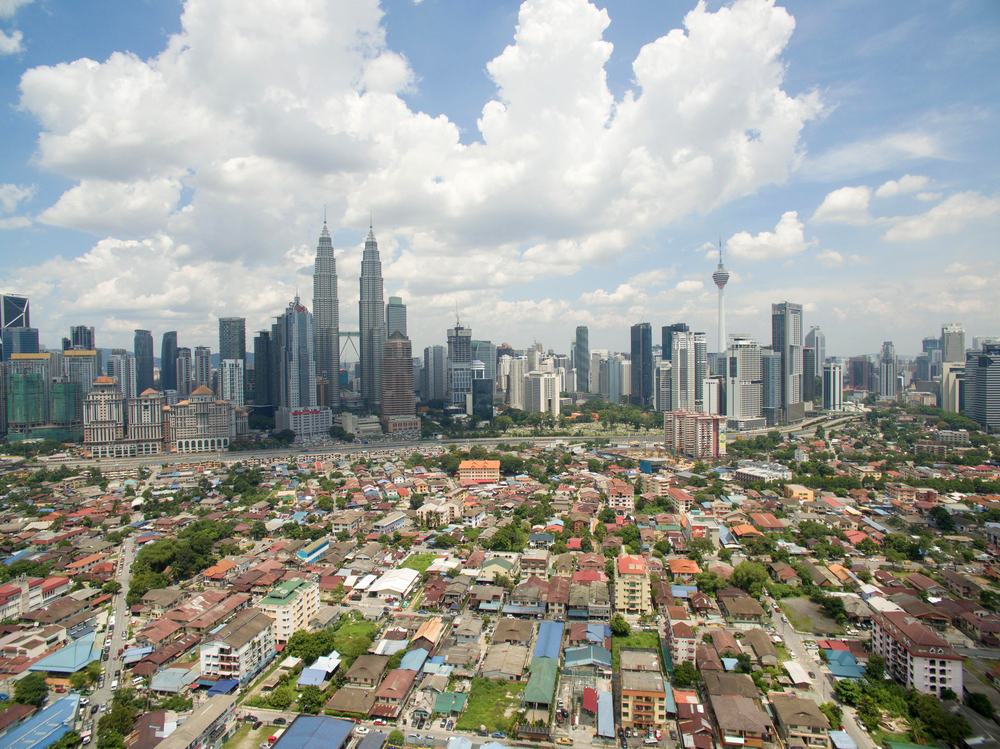Rising remote working leads Malaysians to migrate out of urban areas
PropertyGuru DataSense reveals that Malaysian homebuyers now prefer larger or more spacious units

According to The Sun Daily, Malaysians are relocating to semi-urban areas with many different views on the true driving force of the movement.
Subramaniam, vice-president at Association of Valuers, Property Managers, Estate Agents, and Property Consultants, attributes the rising trend to the significant drop in property prices from last year.
On the contrary, real estate agent Gan Boon How believes that the work-from-home (WFH) culture is the main driving force behind the migration out of town.
Subramaniam agreed that smaller towns like Rawang and Semenyih are gradually becoming sought-after places to live in, given that the prices are negotiable and much lower.
“Granted, prices have also dropped in cities. For instance, properties in Kuala Lumpur now cost 20 percent to 30 percent lower than they did last year. It’s no longer a seller’s market. It’s a buyer’s market,” he said.
He also acknowledged that the WFH culture produces evident benefits such as flexible work hours and extended time spent at home with loved ones.
However, he mentions that “perhaps it will become clearer next year” to say if the WFH arrangement has set a trend for urban to semi-urban relocation. “It’s obviously more difficult to sell a property when the economy has slowed down. Not many people are doing well, what with so many losing jobs or having their salaries reduced.”
Affordability, the availability of freehold land, and more spacious homes remain the top reasons why people are purchasing new homes in the outskirts.
Subramaniam added that in the future, people will demand home offices in every house, indicating the necessity for bigger homes. Hence, more have opted to move out of town, as larger houses or apartments are more affordable in semi-urban areas.
On the other hand, Gan attributes the migration to the flexibility afforded by the WFH trend, saying that, “With remote work likely here to stay, expect housing to adjust accordingly as working remotely may mean that people no longer need to live in cities to work at their offices.”
According to data released by PropertyGuru DataSense, the firm’s data analytics and solutions arm, homebuyers now favour larger or more spacious units, but in the MYR300,000 (USD72,402) to RM500,000 (USD120,670) price range.
More: Study reveals 90% of Malaysians consider sustainable living important
Joe Hock Thor, managing director at PropertyGuru Group, said the demand for larger, more spacious property has resulted in a shift towards terrace houses and properties in the fringes of city centres, driving up transactions in smaller townships in the first three months of this year.
The trend is likely to continue until the end of 2021 he said.
The Property Report editors wrote this article. For more information, email: [email protected].
Recommended
Why everyone is moving to Selangor and Johor: Malaysia’s real estate comeback
Malaysia’s upturn in fortunes is especially prevalent in secondary destinations such as Selangor and Johor
Penang’s silicon boom: How the US-China tech war is supercharging local real estate
Penang’s booming semiconductor industry has created ripples within the local real estate sector
New leader, new opportunities: How Hun Manet is shaking up Cambodia’s real estate game
Hun Manet is overseeing decent economic growth and widening access to the country’s real estate market for foreigners
Singapore embraces inclusive housing reforms amid resilient demand
The Lion City’s regulatory strength continues to exert appeal for international investors








